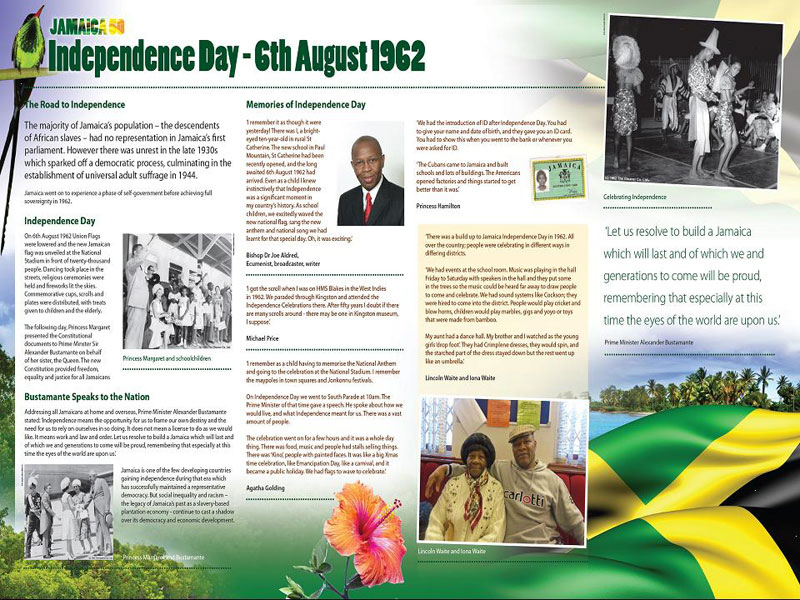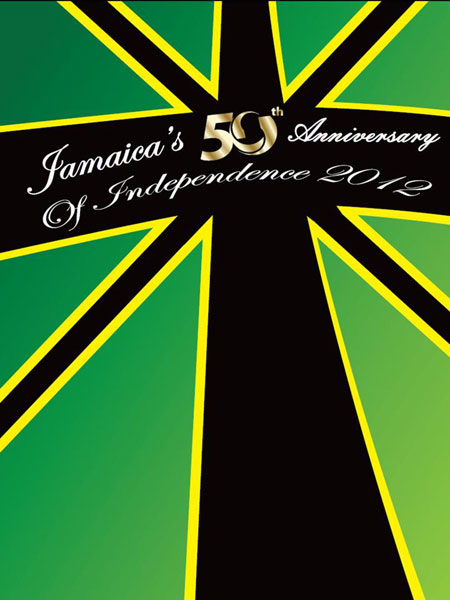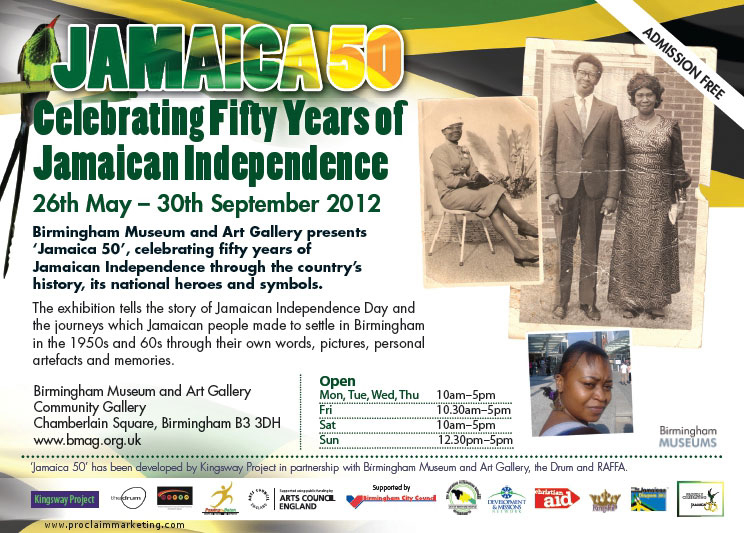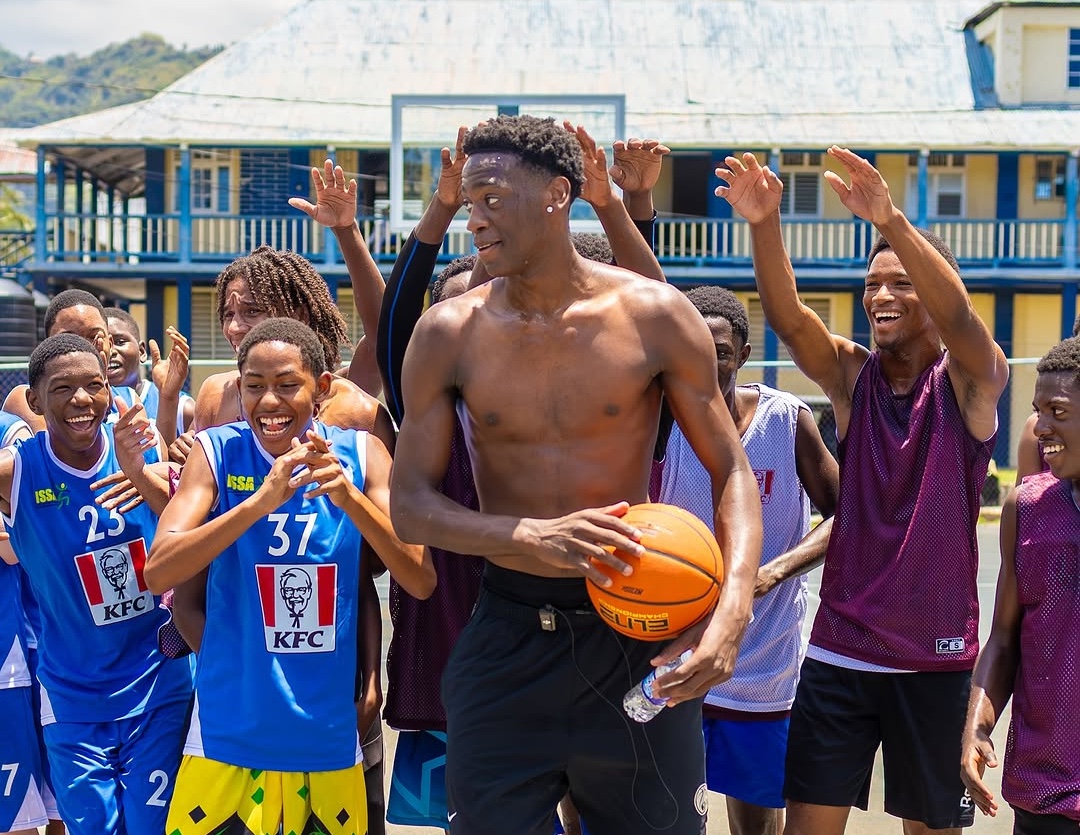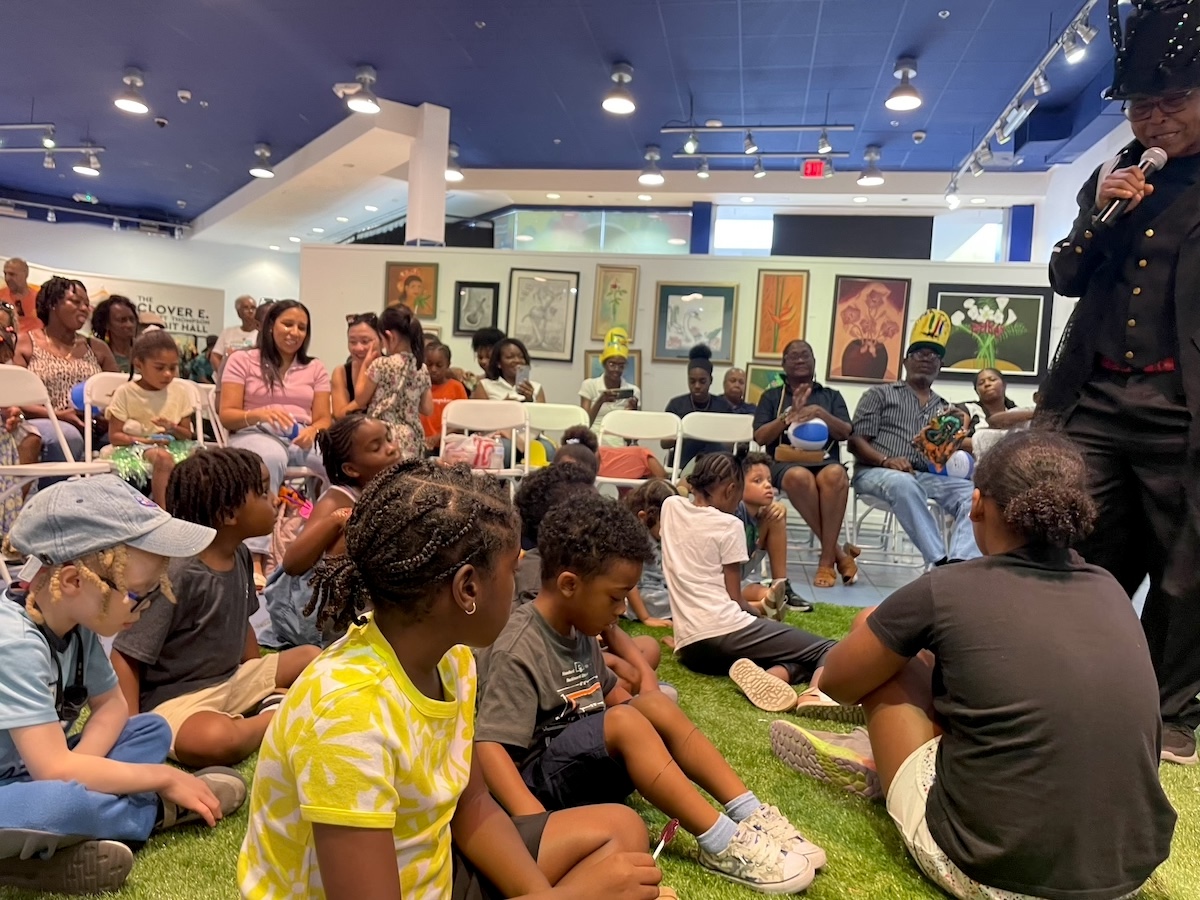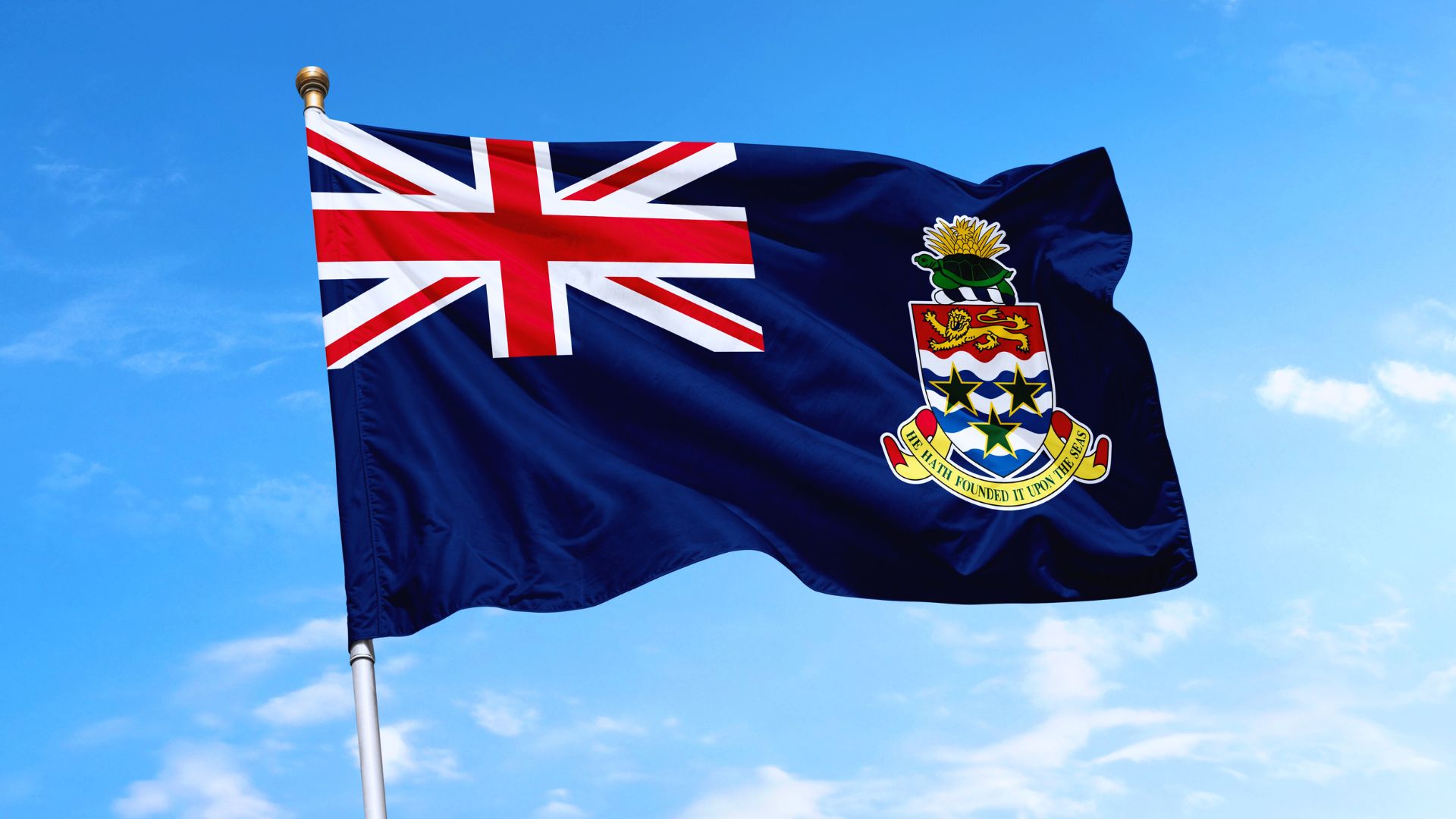Introduction: This week we interviewed Annette Robinson, Project manager of the Kingsway Project, a voluntary organisation based in Birmingham. Annette spearheaded the recently opened exhibition to celebrate Jamaica’s 50th and the Olympics. It is the largest UK exhibition dedicated to celebrating Jamaica’s 50th. It gives an introduction to the history and heritage of Jamaica, The exhibition also features vibrant displays about Jamaica’s history, its National Symbols and Heroes and iconic Jamaican people from the past and present. Here is our conversation with Annette.
Q: What is your connection to Jamaica?
My parents were born in Jamaica and came to the UK in the 1960’s
Q: Tell us how did the idea for this project come about?
We recognised that young and older people did not spend enough time talking to each other. This community-based inter-generational work started in Feb 2010, where young people interviewed seniors about their experience of coming from the Caribbean over to the UK. From this work we produced the ‘Moving On’ booklet. The youths and seniors were so enthused with the work that we decided to another inter-generational project. With Jamaica 50th and the London 2012 (the athletes coming to Bham) we decided to explore the history of Jamaica.
This work is also important because we also felt a more lasting legacy was needed to celebrate Jamaica 50th, one where Jamaicans and none Jamaicans can attend to learn that migration is an old trend and that it still continues today.
Britain is a multicultural society, so learning about other ethnic groups is beneficial for all in the community, who will come into contact with individuals and communities that are different from ourselves.
Q: Can you explain the process of gathering the materials and information for this exhibit?
We had community meetings to inform people about the work we were doing and asked for participants, young people and seniors. It took some time; the youths met the Bham Archive department for oral history training and learnt how to conduct interviews, record and collate the material. We researched about the history of Jamaica and had a lot of material using primary sources, the stories from the seniors as well as secondary sources ie. books, articles from the internet, magazines, photo’s, etc. We then had to decide how we would tell the story of Jamaica. We decided to have five main headings,
-
Reflections of Jamaica Independence day in Jamaica
-
Jamaican National Heroes and Symbols
-
The history of Jamaica
-
Stories of coming to Birmingham
-
Famous Jamaicans.
We collated material for each of these areas and decided on images to make the display attractive.
Q: What challenges did you face bringing this exhibit to life?
We applied twice to the heritage lottery for funding but we were turned down. Undeterred we decided to fund and do the work ourselves because we felt it was important for this work to be done. The work was voluntary so people were not paid for the many hours of research that it took to collate the stories and to obtain information from different books. In April 2012, the Arts Council sponsored the design and production of the panel. We had a small budget and six weeks, from April 2012 to get the work completed and for the exhibition to open, the end of May 2012; normally a project of this size would have had at least 12-18 months to prepare. We had the challenge of finding a graphic designer to bring the work to life on the panels but thankfully we persevered and we succeeded, we have produced to date, the only large exhibition for Jamaica’s 50th in the UK, so we are proud of what we have achieved.
We also had to help organise a private viewing of the exhibition too, which was very well attended with Dianne Abbott MP and John Clarke Counsellor (Political & Economic Affairs) from the Jamaica High Commissioner’s office.
Q: Tell us about the exhibit? Does it include video and multimedia footage?
The exhibition gives a brief history of Jamaica; it acknowledges the National symbols and heroes. It explores the stories of the older generation’s experiences of Independence Day in 1962 in Jamaica and their experiences of coming to settle in Birmingham. It emphasises the achievements of famous Jamaican people across many areas, including people such as Mary Seacole.
Coinciding with the arrival of the Jamaican Olympic team, the exhibition has been designed to foster pride in Jamaica’s history and achievements, and has involved young people interviewing older people about their lives.
It shows there is a lot more to Jamaica than some of the negative press it often receives. The exhibition is a fascinating and informative. It illustrates that Jamaica is made up of a mix of cultures and that migration is not an issue for just Jamaicans. In Birmingham there is a large multicultural community where we still have people migrating now into our communities, and the shared experiences that they may have with those who came here in the 1960s, such as different food, language and weather.
It does not have video footage; we did not have the enough funds to put the footage taken from the seniors onto a DVD for the exhibition. We also did not have sufficient time because we were only given six weeks to design the panels and get them up to open the exhibition.
Q: Tell us about the Olympic components to this exhibit?
We acknowledge the main sports for Jamaica and significant sports personalities. Charles Small CEO also gives an inspiring piece in the exhibition acknowledging during this summer the world will witness
the greatest show on earth where athletes such as Usain Bolt and Jessica Ennis will ignite the highly charged atmosphere of the purpose-built Olympic stadium in London and that the Jamaican team training camp is at the University of Birmingham.
Q: You involved young people in this project. How did it impact them? What was their feedback to you?
The feedback about the impact from the young people was
-
They had the opportunity to learn about the past i.e. it was a hard life coming over to a new and very different country that was not very welcoming at times. They learnt about the hardship of some families having to share one room until they managed to purchase their own property, discrimination in finding employment, the lack of the modern facilities that many young people take for granted today such as washing machines, microwaves, central heating, etc.
-
It promoted, developed and supported their studies at school, some did project at schools on the subjects and got grade ‘A’ as the work was linked to the national curriculum and Citizenship Education
-
The work has brought young people of different communities and seniors together.
-
New inter generational friendships have been developed
-
The opportunity for youths to meet and learn together using different innovative ideas to tell a story
-
Provide a broader range of things to do and places to go in their local area.
-
Promote, develop and support the study of history combined with geography, religion, etc
-
Respond to the interests of other young people and seniors residents who share an interest in history
-
The seniors who shared their memories felt valued and enjoyed participating, working with the young people
The long term benefit is the real sense of pride the young people had when they saw the work they had created for the exhibition. The project has helped them in practical way such as developing better communication skills to record, research and collate stories. There is also a booklet that is being created with the work from the exhibition and additional information about Jamaica.
This intergenerational project that led to the exhibition provided the forum for seniors to talk about their experiences since coming into the country, and how things have changed over the years, the good and the bad. The youths were then able to ask questions and explain how they see their community and life in general. Many youths have taken for granted things like washing machine, central heating, microwaves etc. They thought they always existed. Talking to the seniors made them see what life was like without these modern appliances and to have a greater appreciation for seniors.
The seniors’ stories have encouraged young people to continue the good work of full integration into British society that the seniors started.
The sessions have brought an understanding to the seniors about the youths, this has helped to minimise their fear of young people which will help to reduce their isolation of not wanting to go out of their homes, due to their fear of young people. The preconceived ideas of young people that seniors were ‘boring and miserable’ was challenged; it was acknowledged that this idea was held due to a lack of communication and that there was a general lack of recognition by young people that seniors were once young people, and the seniors’ contribution to the community. The young people and seniors gained new skills in communication between different generations and how to relate that new learning to the new migrants in their community today.
The youths have also learnt that the history of Caribbean migrants settling in the UK is not purely about Jamaicans or black people. It is about their integration and relationships with the wider community. Collating oral history helps them to understand and learn about change, stability and where people fit into their own area.
For many young people, history is often seen as not interesting. This work has helped them to develop our own identities through an understanding of it at a personal, local, national and worldwide level. It helps them to ask, and answer, questions of the present by engaging with the past. As they looked at the problems encountered by the seniors back then they can relate this to their community, which still has people migrating here, and to consider how they can make them feel and become a part of our community for greater community cohesion.
The young people have had certificates, met the local councillor, Hendrinna Quinnen, who commended them on their hard work.
Q: What were some of the significant things you discovered about Jamaicans while putting together this exhibit?
We discovered the rich history of Jamaica, the mix of cultures and the fight to become independent as a nation. We also noted the English names given to the counties and parishes in Jamaica, the positive contribution of Jamaicans to the field of medicine Mary Seacole, Cicely Williams – Pioneer in the field of maternal and child health care, Louis Grant – Microbiologist and artist such as Louise Bennett-Coverley (Miss Lou) – Jamaican folklorist, writer, and educator, the untold story of the contribution of Caribbean soldiers, the different food, the language patois, we researched all the prime ministers to the current Portia Simpson – Miller, etc. There are so many positive things we have learnt about Jamaica, a history that has been untold to the young people.
Q: What do you think is the biggest contributions by Jamaicans to the United Kingdom?
Jamaican came to help re-build the UK, they were invited to rebuild a war torn country. Jamaicans brought their money and their labour; they filed in the gaps that could not be filled for labour shortage such as in the field of nursing, in factories, in the transport industry as bus drivers, domestic workers, etc. Over the years Jamaicans have contributed significantly to politics, the NHS, transport department, the army, the UK music scene and sporting activities such as football and athletics. In the face of adversity, they are survivors and pioneers; they had the tenacity to lead the way to come to a new and different way of life, to pave the way for a second and third generation to have a better life.
Q: I have heard that for most exhibits there are limits to what is displayed due to space and time. Were there any pieces or information you could not include in this exhibit that you wished you could?
I would have liked to have displayed more photos of people in Jamaica back in the 1960 and those studio pictures taken here in the UK in the casings, and for more artefacts in the casings such as the ‘grip’ that many seniors brought here, but we decided it would be good to include local groups and individuals in the exhibition such as Association of Jamaica Nationals, the Development and Missions Network, Christian Aid, Kingship, Jamaican Diaspora UK, Scwadi, Caribbean Family History Group – Solihull & Birmingham, the Why are West Indians Here group, local writer and singer Enid Weir, designer such as Perfectly dressed, Sharon Marie who demonstrated the Jamaican National costume and local business ‘Jollys’ who has a selection of black books. We also did not have enough time and resources to do more on the athletes or do video footage (it costs a lot for images and copyright to play music, etc).
Q: Will Birmingham be the final home for the exhibit or is the intention to have an exhibit that tours the world?
We would like to find a final permanent venue for the panels. There is a smaller scale touring version of the exhibition taking place across the West Midlands. There are no current plans for the exhibition to be abroad; if there was a request for the exhibition we would be happy to consider it.
Q: Do you think Jamaicans should do more to preserve their history in the UK?
Yes, more needs to be done to show the vibrant history of Jamaica rather than the constant negative focus we seem to receive. The history of the Caribbean should be taught in schools too.
Q: Can you tell me about your background and what you do?
I am a neighbourhood consultant with a social work background. My passion is to work directly with the community developing and doing work that is led by the community.
Q: Thanks for spending the time with us to discuss the Jamaica 50 Exhibit. Do you have any final thoughts for the visitors to the Jamaicans.com website?
We would like to encourage people of all nationalities to visit to take some time to learn about Jamaica but also to reflect on the shared experiences from their own culture if they are not Jamaicans. This exhibition is the only large exhibition dedicated to celebrating Jamaica in the UK, we are proud of what has been achieved with such a small budget and all within 6 weeks. This work will be archived in the Central Library for future generations . Jamaica 50′ exhibition is now open at the Community Gallery at Birmingham Museums, 26th May – 30th September 2012.
